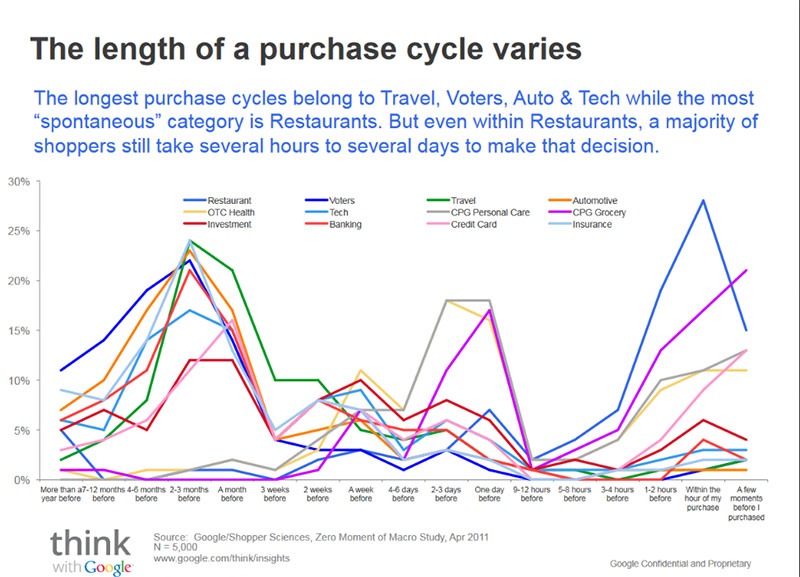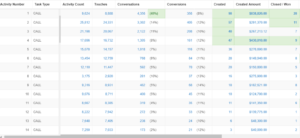Statistics show that most sales reps give up too soon. How many times have you had a lead and you just couldn’t get them on the phone, so you gave up on them or they just fell through the cracks and you stopped calling? If you've ever been in sales, it happens for a number of reasons.
- Every time you call, it is time that you are taking.
- You lose motivation because you’re not getting through.
- You feel like you’re annoying the person.
- You assume they aren’t interested because you haven’t received a response.
- There are so many other people to call that it just doesn’t seem like it’s worth the time.
- You just forget to call them back
Some interesting stats from 21 Mind-Blowing Sales Stats from the Brevet Group shows that:
-
92% of all customer interactions happen over the phone.
-
It takes an average of 8 cold call attempts to reach a prospect.
-
The best time to cold call is between 4:00 and 5:00 PM.
-
80% of sales require 5 follow-up calls after the meeting. 44% of sales reps give up after 1 follow-up.
-
In a typical firm with 100-500 employees, an average of 7 people are involved in most buying decisions.
What can you take away from these stats? Calling still works, but it has to be done strategically and consistently. The percentages of sales on the first call are very low and even if you make contact on the first try, closing the deal takes some effort due to the number of people that are involved in a purchasing decision. For many industries and the bigger the purchase amount, the length of a purchase cycle increases significantly as illustrated in a Google Survey. If people can’t even make a spontaneous decision about where to eat, don’t be discouraged that you’re not closing on the first call.

A client using Salesvue’s Prospecting Success Report, was able to easily pull up a report of call:conversation:conversion:closed ratio proving these stats were accurate. In the report (pictured below), they were able to look at how many calls were required to have a conversation and how many conversations it took to close a deal. The sales managers showed the report to the reps and they said it helped make the case to motivate the reps to make those additional calls because they saw how much money they were leaving on the table.

Being able to see data like this in a simple-to-interpret report is changing the way companies are training and engaging their sales teams. With Salesvue’s Prospecting Success report, you can see actionable data to increase your sales. Salesvue keeps track of the number of total contact attempts to a respective prospect. Just because there is no response on the first campaign does not mean they are a bad prospect, they just might be busy. With Salesvue all activity is tracked against a specific lead or contact record inside of Salesforce.com. Your data belongs only to you and it stays safeguarded inside of Salesforce. Salesvue just makes it easy for reps to enter a sales cadence and get notifications of the next time to reach out via automated workflow plans. These plans prevent leads from falling through the cracks, while at the same time giving management increased visibility into best practices in engaging clients.
Category
Tags
Subscribe to Funnel Vision
Get the latest and greatest right in your inbox






